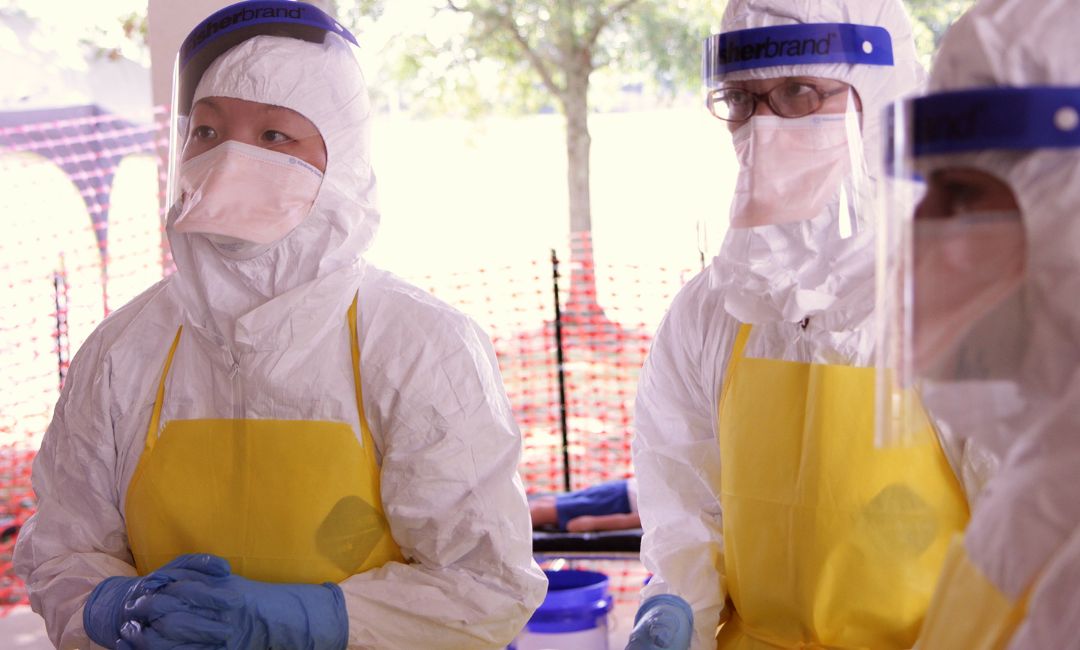Nursing Manager Shortage
There is some debate on whether there really is a nurse shortage in the United States. The news over the past year has shown organizations across the country implementing initiatives to grow their nurse workforce with new nurses, while organizations like National Nurses United state that there is no shortage of nurses but rather a shortage of nurses willing to work inside of hospitals and acute-care settings.
A 2023 study by Nursing Solutions Inc. (NSI) on healthcare retention found that nurse managers and directors in hospitals had a turnover rate of 10.9% in 2022, while RNs in hospitals had double the turnover rate at 22.5%.
More than 1 out of the 4 million actively licensed nurses in the US are not employed as RNs, and many believe this is due to unsustainable and unsafe working conditions.
Regardless of the root cause, the reality is that patients rely on nurses for direct care, and nurses rely on their leaders to help them create sustainable work environments that allow them to give their all to their patients.
Nurse leaders face unique challenges as the middle-men between senior leadership and general staff. Addressing these challenges is vital to decreasing the shortage of nurses in direct care positions.

Nursing Leadership Insight Study
The American Organization for Nursing Leadership published a 5-part longitudinal study, pulling data from 2,500 nurse leaders to better understand their challenges. These challenges included recruitment, retention, emotional health, and workplace violence.
Challenges
Across all participants, 69% reported staff recruitment and retention as one of the top three challenges they face as nurse leaders. Additionally, more than a quarter of nursing leaders who plan to leave their positions within the next six months are doing so because they lack the resources and staff to do their jobs.
The next two most common challenges are managing the emotional health/well-being of staff and the availability of financial resources. These problems go hand in hand as a lack of financial resources can lead to understaffed units, which leads to poor emotional health in nursing staff and may lead to a greater lack of staff in the future.
The fourth most common challenge is workplace violence. Violence against nurses has been on the rise, especially in emergency units.
Violence
This study showed that across all participants, 68% of nurse leaders witnessed at least one instance of bullying, 72% witnessed at least one instance of intimidation, and 53% witnessed at least one instance of violence while working. These instances of violence are primarily coming from patients and the families of patients.
However, nurse leaders also witness violence from physicians, other staff nurses, and even direct managers. These reports of violence and bullying go up an average of 11% when looking at nurse leaders working in hospital settings.
Emotional Health
There is a positive trend in the emotional well-being of nurse leaders from February 2021 to November 2023, with an increase from 44% to 52% claiming to be emotionally healthy. Emotional health is deeply connected with burnout and is one of the driving forces in the nurse staffing shortage.
The study also found that reports of nurse leaders being “not emotionally healthy” were decreasing at a similar rate. 23% of nurse leaders reported not being emotionally healthy in August 2021, and now that number has more than halved to 11%.
The cause of these changes may reflected in staffing solutions proposed at nurse leaders’ organizations. Three solutions were reported as being very effective at improving staffing by 18% of nurses (the largest percentage for any solution).
These solutions were allowing days off when necessary, listening/responding to feedback from nurses, and unit-based educators.
More Solutions
Mount Sinai Health System in New York has a unique solution for nurse managers. Nurse managers have a four-day work week, where they work extended shifts but have more time off in between.. It is part of their larger “wellness program” benefits to incetivize experienced nursing talent to join their team.
One source at the hospital says that 100% of nurse managers agreed that this initiative aligned with Mount Sinai’s value of “care of self and care of colleagues.”
Of the current nurse manager job listings at Mount Sinai, salaries can go up to $173k annually, compared to the national average of nurse managers at $117k. This further showcases the organization’s commitment to valuing the work and experience of nurse leaders.
Other solutions included adding more entry-level staff positions such as LPNs, CNAs, PCAs, and even non-clinical staff that can act as a float pool when nurses go on break or call out. Organizations can also partner with nursing schools to offer career advancement or scholarships for staff members who want to take on more senior positions.
Several partnerships like this have been announced in the last year, such as Lincoln Memorial University’s partnership with CHI Saint Joseph Health, Washington School of Practical Nursing’s partnership with Mercy Hospital, and Washington State University’s partnership with Providence Health & Services.








